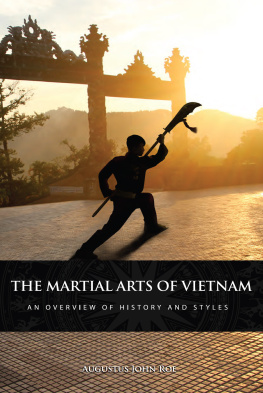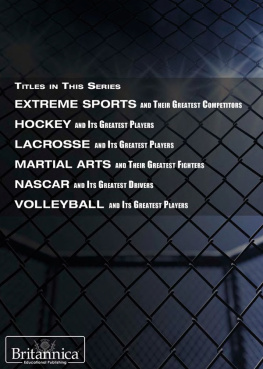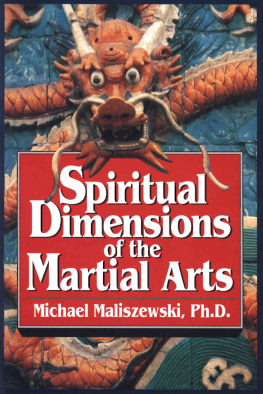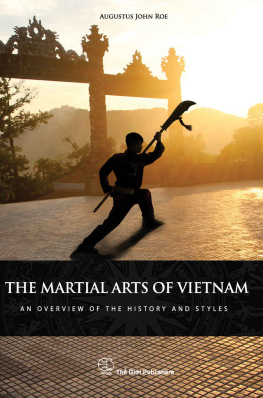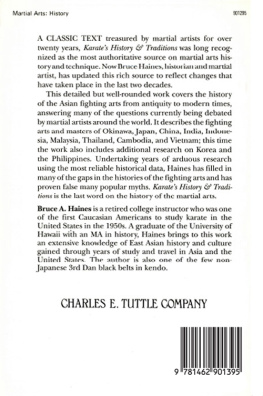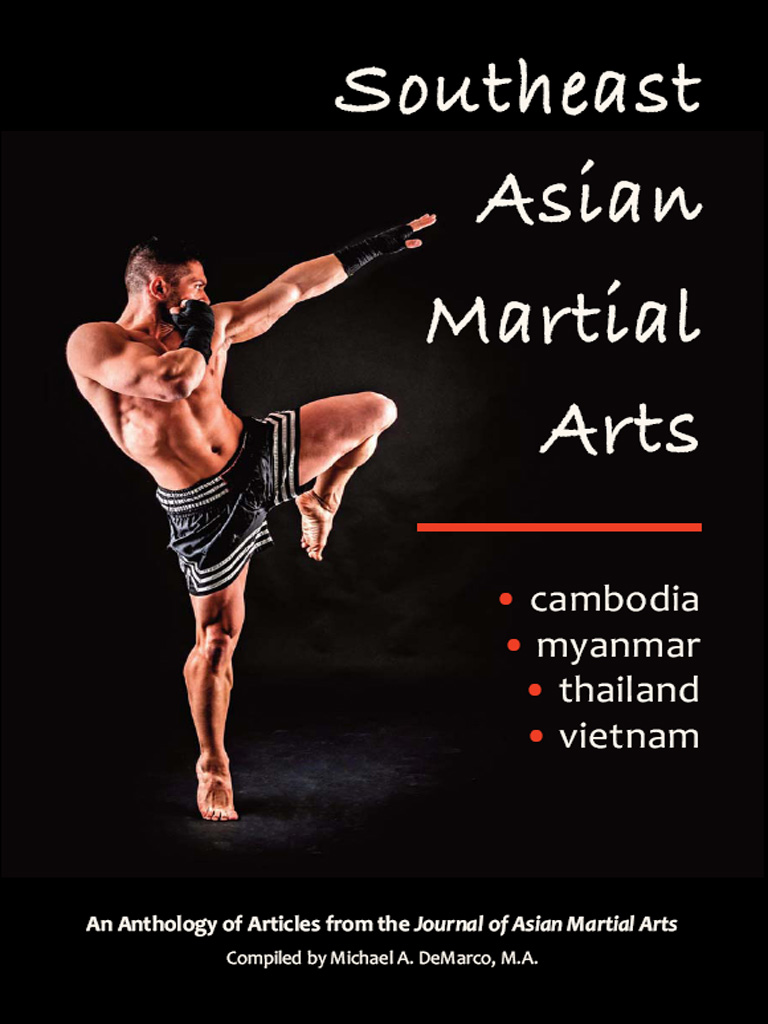Disclaimer
Please note that the authors and publisher of this book are not responsible in any manner whatsoever for any injury that may result from practicing the techniques and/or following the instructions given within. Since the physical activities described herein may be too strenuous in nature for some readers to engage in safely, it is essential that a physician be consulted prior to training.
All Rights Reserved
No part of this publication, including illustrations, may be reproduced or utilized in any form or by any means, electronic or mechanical, including photocopying, recording, or by any information storage and retrieval system (beyond that copying permitted by sections 107 and 108 of the US Copyright Law and except by reviewers for the public press), without written permission from Via Media Publishing Company.
Warning: Any unauthorized act in relation to a copyright work may result in both a civil claim for damages and criminal prosecution.
Copyright 2017
by Via Media Publishing Company
941 Calle Mejia #822, Santa Fe, NM 87501 USA
Articles in this anthology were originally published in the Journal of Asian Martial Arts.
Listed according to the table of contents for this anthology:
Allan, D. (2002), Vol. 11 No. 3, pp. 40-49
Skaggs, J. (2003), Vol. 12 No. 4, pp. 48-65
Tran, J. (2004), Vol. 13 No. 2, pp. 64-79
Mallon, S. (2005), Vol. 14 No. 2, pp. 30-43
Loh, H. L. (2011), Vol. 20 No. 3, pp. 32-37
Winborne, D. (2014), Vol. 23, pp. 14-36
Book and cover design by Via Media Publishing Company
Edited by Michael A. DeMarco, M.A.
Cover illustration
Kickboxer courtesy of Shutterstock.com
Stock photo ID: 170702366
ISBN 978-1-893765-45-0
ISBN-13: 978-1-893765-80-1 eBook
www.viamediapublishing.com
contents

by Michael DeMarco, M.A.
CHAPTERS
by David G. Allan
by Jeremy Skaggs, B.A.
by Jason Tran, B.A.
by Scott Mallon
by Loh Han Loong, B.S.
by Duvon G. Winborne, Ph.D.
preface

What martial arts are associated with Thailand, Vietnam, Cambodia, and Myanmar (Burma)? What makes them unique when compared with other Asian martial systems? This anthology is a convienent collection that focuses on the martial arts of these areas, such as the familiar art of Muay Thai, and lesser-known arts of Than Quyen of Vietnam, Burmese bando, and Cambodian leth wei.
In , the David Allan brings readers inside the Lumphini Stadium in Bangkok to witness the fighters kickboxing skills and etiquette through text and photographs. He also records how musicians play and the locals participate in each event, with emotional exuberance of cheering, and betting.
Jeremy Skaggs wanted to go to Thailand to train with some of the top Muay Thai fighters. His chapter allows readers to relive his experience through text and superb photography. He reports on his travel to Thailand, daily training routines, daily life there, and a night at the Lumphini Stadium.
by Jason Tran presents the origin and functions of That Son Than Quyens spirit forms as inspired by real and mythic animals. This is accomplished by contrasting Than Quyen with Chinese imitation styles, tracing the development of Vietnam religion and superstitions, and exploring the impact of geographic and cultural elements.
In the next chapter Scott Mallon recounts excursions he made into Myanmar and Cambodia to learn about their indigenous martial arts firsthand. He reports on the Muay Thai-like systems and their similarities and difference, along with the special cultural atmospheres where these arts are found. Excellent photo coverage highlight the martial artists.
Loh Han Loongs chapter goes beyond the common views of Thai boxing by critically examining the way Muay Thai is portrayed in nonacademic sources, such as articles and websites. The manner in which Muay Thai is framed in popular culture is not simply the result of historical facts, but is a way of creating the Thai nation myth and the uniqueness of Thai culture.
The lengthy final chapter by Dr. Winborne focuses on the bando system. His chapter explores ancient Burmese fighting traditions and their evolution to modern-day martial arts practices. Bando is a seamless amalgam of striking methods, grappling techniques, weapons approaches, and healing strategies from the Southeast Asian country currently known as Myanmar. This comprehensive self-defense system is reviewed and analyzed based on documented viewpoints of prominent masters and practitioners. The philosophy and principles that undergird the bando system are discussed as well.
This anthology offers a concise overview of the history, cultures, and combative systems associated with the geographic areas of Cambodia, Myanmar, Vietman, and Thailand. Familiar or not with these martial traditions, readers will be find the chapters informative and photography delightful.
Michael A. DeMarco, Publisher
Santa Fe, New Mexico
March 2017
chapter 1
Two Boys Enter, Two Men Leave: A Night in Bangkoks Kickboxing Thunderdome
by David G. Allan

All photographs courtesy of David G. Allan.
Lumphini Statium, Bangkok Its a Tuesday night. Inexplicably the best night for Muay Thai at this, the older, smokier, and by all accounts better, of Bangkoks two kickboxing crucibles.
On this night it is even more crowded than usual as the caliber of fighters is all main event-worthy in their weight classes. Not a single ringside seat is free. All the expensive seats are taken up by farang (foreigners) tourists suckered into purchasing the inflatedly priced chairs but who would never admit they were snookered. Behind me is standing room onlyall Thai men, mostly betting at a stock-exchange-floor frenzy and yelling at every side blow, Yayh! My Thai is poor so I asked a native speaker what they were shouting. Nothing, she said, Its just yelling.
On a typical night there are five major events, with a couple of preliminary matches at the start and a few lesser bouts after the main event. If youre unfamiliar with Thai kickboxing, considered by many to be the toughest of the martial arts, it is an endurance test that allows fighters to use any part of their body (except the head) to hit any part of their opponent. Unlike boxing, which can run out a lot of time on the clock with footwork and energy-conserving jabs, the Muay Thai action is nonstop. Because kickboxing is much faster paced than its Western counterpart, matches last only five rounds of three minutes each, with a two-minute break between each round.
Where I sit, in the middle section, its a beltway of dirty wooden benches cut into a polygonal shape around the ring, protected from the out-of-towners in front and the wildly betting Thais behind by metal fencing. In front of me sits the band, blowing out the bagpipe-sounding squeals of the pii chawaa (Thai oboe) and banging the glong kaek drum faster and faster to match the action in the ring.
Even in mid-February the heat would be unbearable with so many bodies in this circus tent-shaped building without the fans spinning from the corrugated roof ceiling. The stadium is very Frank Gehry, my friend Kami tells me, all fence and metal. Gehry should visit this place and see his vision in all its pulsing, banging, sweaty Thai-ness. This is where architecture and blood mix and Lumphini (unlike its large concrete sister Ratchadamnoen Stadium) looks as if it might shake down like a pile of Lincoln Logs under the jostling weight of the excited crowd. This is sport in its best possible incarnationno commercial breaks, no commentary, no replays. The music is live, the action is spitting distance away, and no one is getting up for a hot dog. In Thailand, its the best show going.


